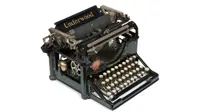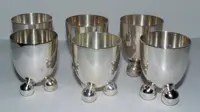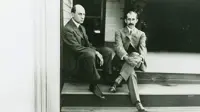German silver: used in cutlery, music, electricals - but it’s not silver
This material, which was first developed in China, not Germany, and is an alloy of copper, nickel and zinc, has lost its sheen in home uses, but finds favor in electrical engineering.
By Kiron Kasbekar | 20 Mar 2025
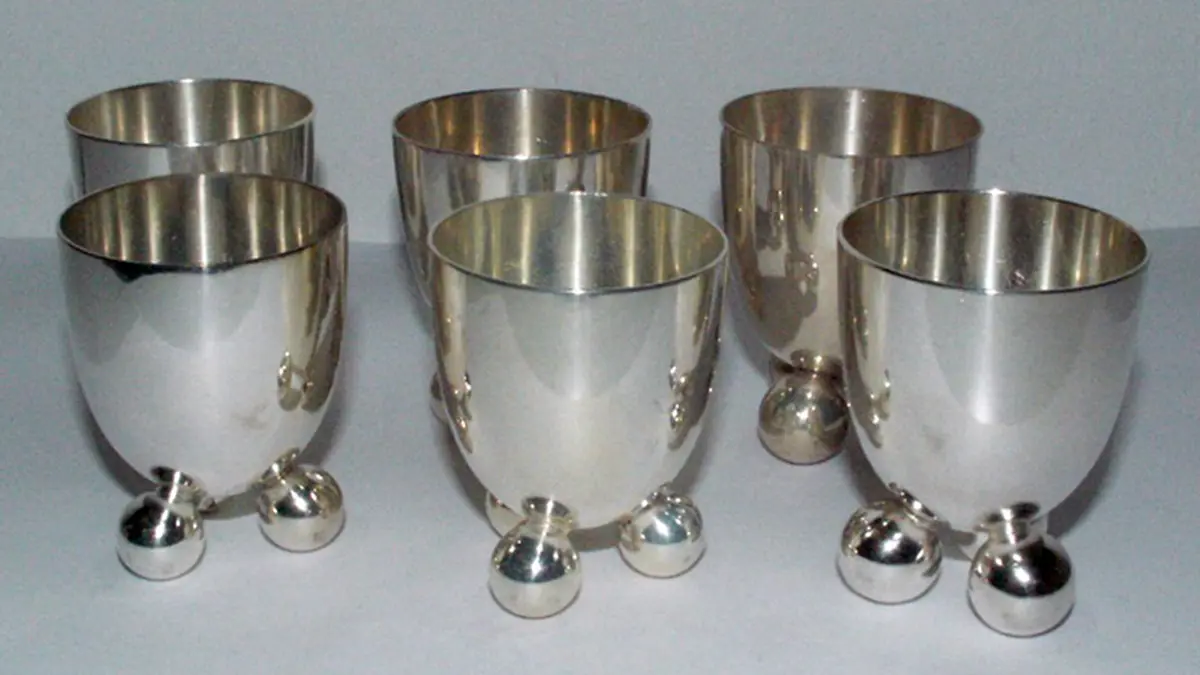
You don’t hear about it very much nowadays; but there was a time, not so long ago, when German silver was a prized thing. It was used to make a host of products, such as tableware and decorative items. Most of those things are now made of other stuff.
But, hey, if you thought German silver was silver produced in Germany, think again! German silver is not silver at all. It is an alloy that has no silver in it, but is made up of a mixture of copper, nickel and zinc, and is also known as nickel silver.
And it originated in China, not in Germany.
German silver, also known as ‘nickel silver’, is an alloy of copper, nickel and zinc. Its name apart, the alloy contains no element silver. In the 19th century the term ‘German silver’ began to be used because of its silver-like appearance and its association with German metallurgists who perfected its composition.
Chinese origins
Copper-nickel alloys have been used since ancient times. During the Han Dynasty (206 BCE–220 CE), the Chinese used a similar alloy they called ‘paktong’, which translates to ‘white copper’.
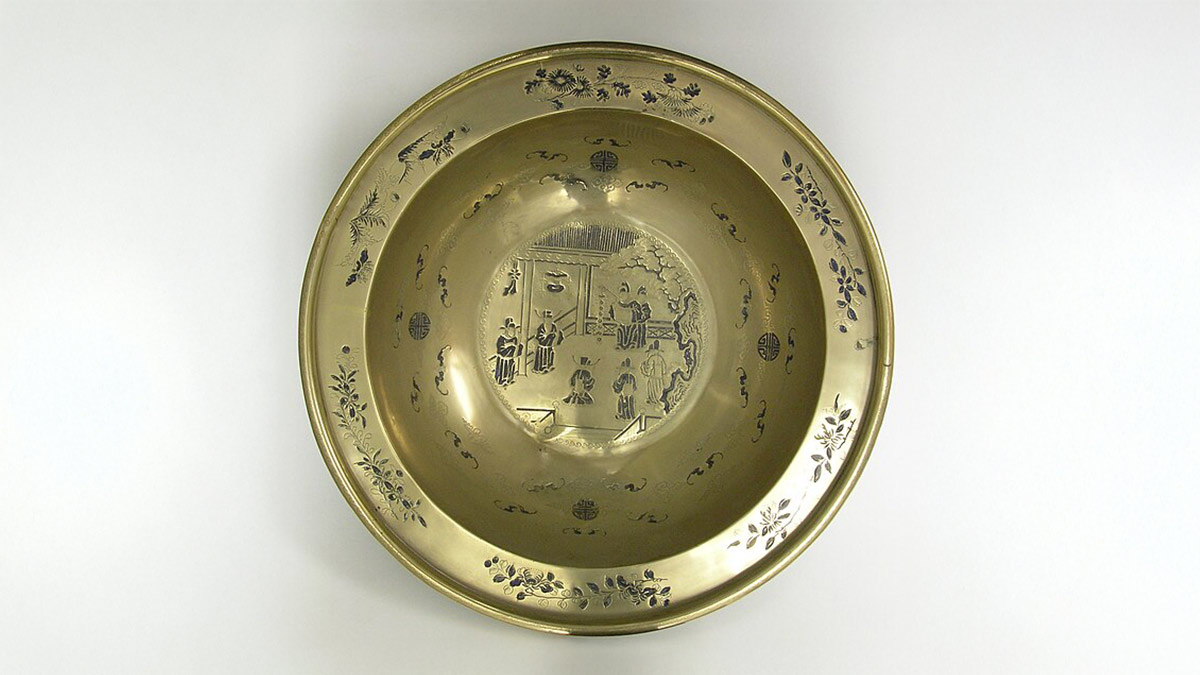
This material was highly valued because of its silvery appearance and its durability. Chinese traders who traveled on the Silk Road introduced paktong to Europe, where it caught the attention of European metallurgists.
So, by all rights, the alloy should have been called Chinese silver, not German silver. But during the 17th and 18th centuries, European scientists, inspired by ‘white copper’, began experimenting on their own with nickel alloys.
Swedish chemist Axel Fredrik Cronstedt (1722–1765) isolated nickel as a distinct element in 1751. His work laid the foundation for further research into nickel-based alloys.
German silver as we know it today emerged in the early 19th century in Germany.
A German chemist and metallurgist named Ernst August Geitner has been credited with inventing German silver in 1823. When Geitner developed an alloy composed of copper, nickel and zinc, he called it Neusilber (new silver). Given its resemblance to silver and its resistance to tarnish, that alloy was initially used for cutlery and decorative items.
A couple of decades later the Berndorfer Metallwarenfabrik (Berndorf Metalware Factory), which had been founded in Austria in 1843 by Alexander Schoeller and Hermann Krupp, became one of the earliest large-scale producers of German silver products. The company specialized in tableware, flatware, and decorative items. It played an important role in popularizing the alloy across Europe.
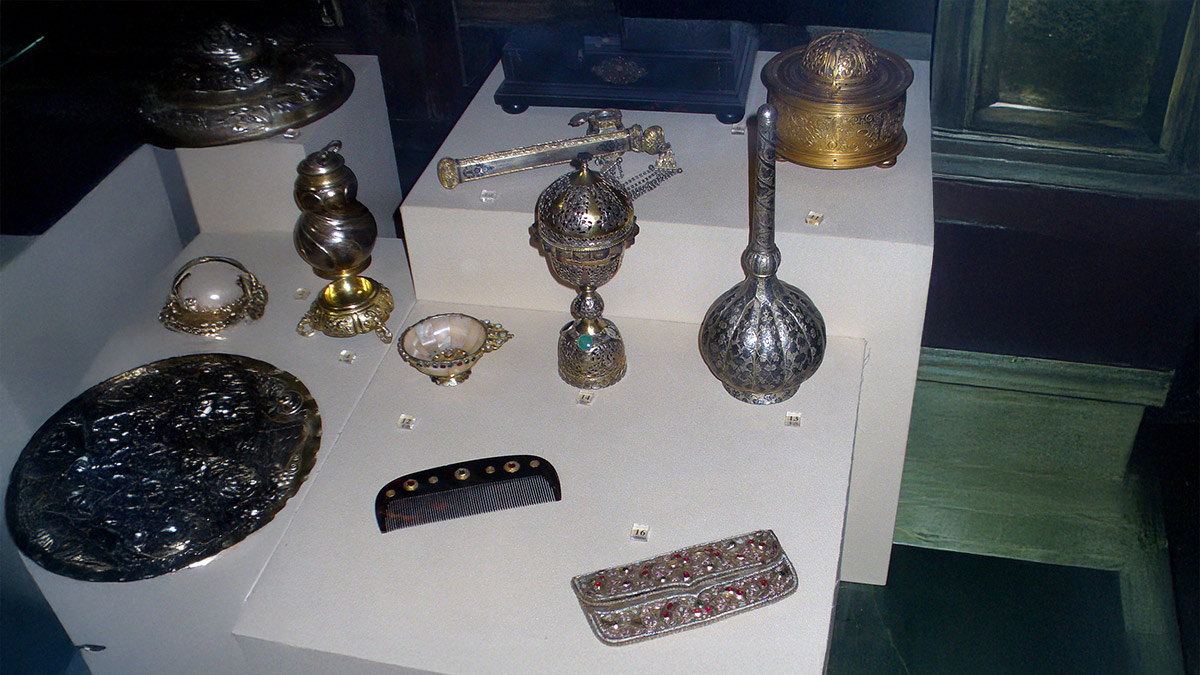
The Krupp family, which played a big role in metallurgy and industrial manufacturing during the 19th and 20th centuries, advanced nickel silver production. Founder Alfred Krupp expanded the use of German silver in industrial applications, including machinery and instrument manufacturing.
By the middle of the 19th century, German silver had become a popular material for a host of applications. Its durability, malleability, and resistance to corrosion made it ideal for both industrial as well as decorative uses.
German silver became a preferred material for wind instruments, particularly flutes, clarinets, and saxophones. The alloy's silver-like appearance made it a cost-effective alternative to sterling silver. Its German resistance to corrosion and electrical conductivity made silver valuable in electrical engineering. It was used in the production of resistors, connectors, and other components.
During both World Wars, German silver was used in military applications, including the production of ammunition casings and machinery parts. Its durability and resistance to wear made it a valuable material for wartime manufacturing.
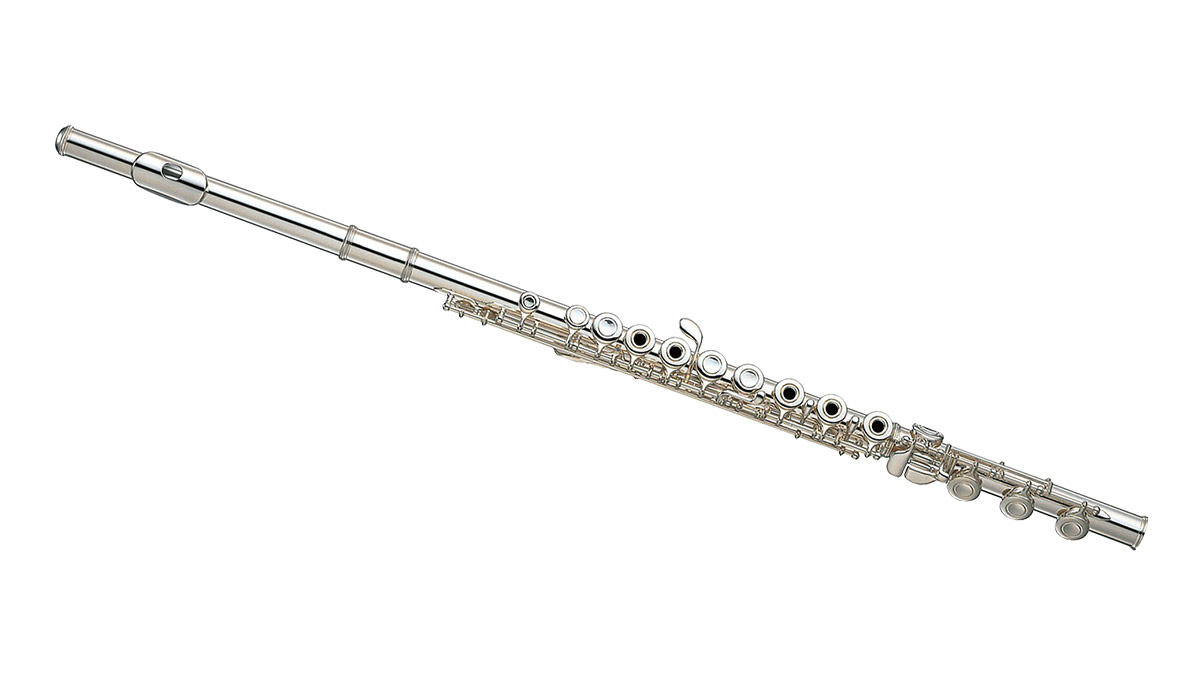
Companies like Yamaha and Selmer continued to use German silver in the production of high-quality wind instruments. The alloy's acoustic properties and aesthetic appeal made it a staple in the music industry. High-end flutes, saxophones, and other wind instruments are still made from German silver. Companies like Muramatsu and Haynes are known for their use of the alloy.
German silver remained popular in the decorative arts, particularly in Art Deco and mid-century modern designs. Its versatility allowed it to be used in jewelry, sculptures, and architectural elements.
Today, German silver continues to be used in various industries. Due to its affordability and silver-like appearance, it is used to make, costume jewelry and decorative items, among other things. The alloy is also used in electrical components, marine engineering, and precision machinery.
Since the 1950s, the use of German silver has grown in some areas and declined in others. The development of new materials, such as stainless steel and advanced polymers, has reduced the demand for German silver in traditional applications like tableware and cutlery. The costs of raw materials, particularly nickel, have fluctuated over the decades, causing some manufacturers to switch to cheaper alternatives.
Shifts in consumer tastes have also influenced demand for German silver. People no longer value ornate, silver-plated tableware as they did earlier, and prefer minimalist and functional designs.
However, technological advancements in electronics and engineering have created new opportunities for the alloy in specialized industries.
Decline in tableware and cutlery: German silver was widely used in the mid-20th century to make tableware and cutlery, especially electroplated nickel silver items. But this use declined since the 1970s. The reason: the rise of stainless steel, which is more affordable, durable, and easier to maintain. Also, changing consumer preferences for minimalist and modern designs have reduced demand for traditional silver-plated tableware.
Steady use in musical instruments: German silver has continued to be used in musical instruments, especially high-quality, professional-grade wind instruments.
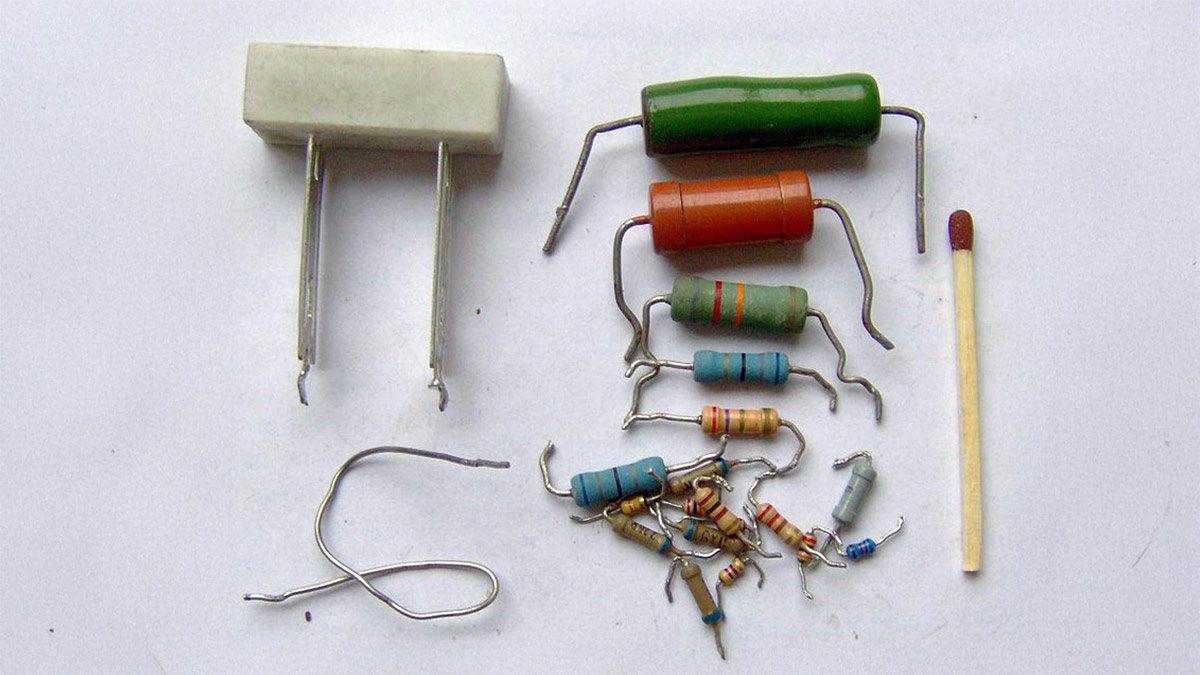
Growth in electrical and industrial applications: Since the 1950s the use of German silver has increased in electrical and industrial applications. Reason: the alloy's resistance to corrosion and excellent conductivity, which are indispensable for connectors, resistors, and other components.
Niche applications in jewelry and decorative arts: Although mass-produced jewelry now uses cheaper materials, German silver remains popular in niche markets and artisanal crafts. It is a preferred choice for designers and artisans for whom its silvery appearance and workability are important.
Between the 1950s and 1980s many cheaper and superior alternatives emerged.
Stainless steel began replacing German silver in cutlery, cookware, and surgical instruments because of its superior corrosion resistance, strength, and cost-effectiveness. The introduction of synthetic materials like plastics and composites in several industries, including electronics and consumer goods led to a reduction in the use of German silver in mechanical components.
Materials like titanium, high-strength composites, and advanced polymers have replaced German silver in the aviation, engineering, and automotive industries.
Nickel has also been a loser in the one area where it enjoyed a clear advantage – jewelry. Its allergenic properties have resulted in the European Union (EU) and others imposing restrictions on the use of nickel in jewelry to discourage its use in products that come into direct contact with skin.
That’s been the story of several materials and products that were once a rage. They have lost their sheen, and their use has dwindled. But that’s progress, isn’t it?
